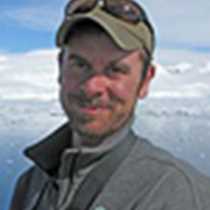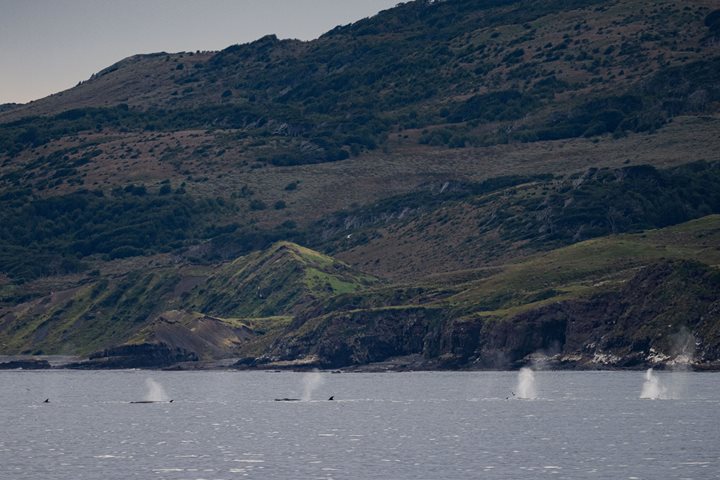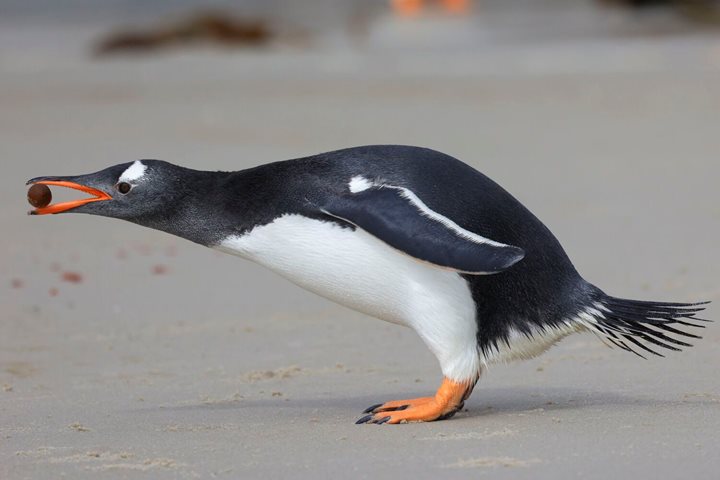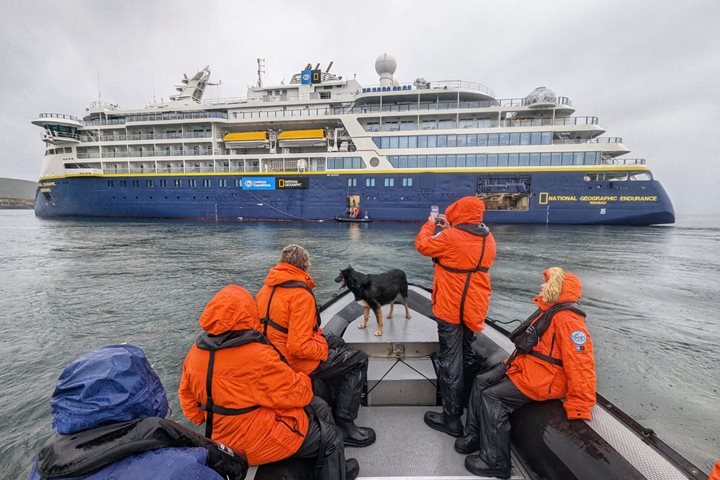With busy days and perfect South Georgian weather behind us, a couple days of rest and relaxation are in store as we reposition to Phase Three of this epic voyage. Bound for the Falkland Islands, some 800 miles northwest of South Georgia, the going is rough. Wind and wave from the west are hitting us at an awkward angle, making our ride a bit unpredictable, yet we are making good progress nonetheless.
The sea state has been building all day yet the morning provided a rush of geologic and biological activity as well as we neared a tiny speck of land named Shag Rocks. Resembling the Pyramids of Giza, this cluster of guano-covered volcanics is home to thousands of seabirds, most notably the South Georgian shag. Acting as an obstruction to east-flowing currents and winds, the stem of these islands stir up biological goodness from below, inviting birds and mammals alike to feed around the rugged coastline. The approach offered some time for target practice as large lenses quickly hung from the ships railings, trying to fix shags and wandering albatross in their crosshairs.
Then, from the deep came a series of large, tall spouts drawing all eyes to the dark masses breaking the surface. Calls of “blue whale!” echoed across the bridge, countered with retorts that what we were seeing were actually fin whales. Long minutes of uncertainty (as the pair of cetaceans dove) were punctuated by short bursts of speculation as surfacing after surfacing provided little clarity. Eventually, murmurs of “hybrid” seeped around those present on the bridge. Our resident whale biologist, Stephanie Martin, recalled similar situations where positive ID on a potential blue/fin whale was equally difficult as a result of recent genetic mixing by the two. Apparently, there has been a string of hybridization that has led to certain animals possessing traits from both species that has made conclusive identification difficult. Today’s animal seemed to show signs of that same hybridization, leaving all slightly confused yet fully intrigued.
With Shag Rocks and our conspicuous mega fauna shrinking out of sight, our next landfall will be that of the Falkland Island’s eastern coast. Much more beautiful and rugged geology lies ahead, as does an entirely new community of birds, mammals and botanical life that makes this trip, in this biologically more complex direction, so worthwhile.







